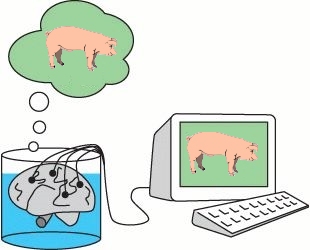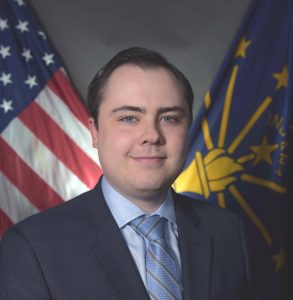
In my high school physics course designed for homeschooling, I cover the standard topics that are considered important in preparing a student for university-level physics. One of those topics is resistance in electrical circuits. Unless you are dealing with exotic substances at very low temperatures (superconductors), all materials that conduct electricity resist the flow of electrons to some extent. A good conductor has a low resistance; a poor conductor has a high resistance. The amount of resistance in an electrical circuit and the voltage of the power source determine the amount of current flowing through the circuit, so it is important to be able to calculate a circuit’s overall resistance.
When resistors are connected so that the electricity must flow through each one of them, we say that the resistors are hooked in series. Notice how the spoons are connected in the left-hand photograph above. If I hook a battery up to the handle of the right-hand spoon and the head of the left-hand spoon, electricity would have to flow through both spoons to get from the negative side of the battery to the positive side. That tells you the spoons are hooked together in series.
When resistors are connected so that electricity has a “choice” about which resistor to travel through, we say that the resistors are hooked up in parallel. Notice how the spoons are connected in the right-hand photo above. If I were to hook a battery to the handle and head of the bottom spoon, the electricity would only have to travel through one of the two spoons to go from the negative side of the battery to the positive side. That tells you the spoons are hooked together in parallel.
Continue reading “You Just Never Know What Will Inspire a Student”



